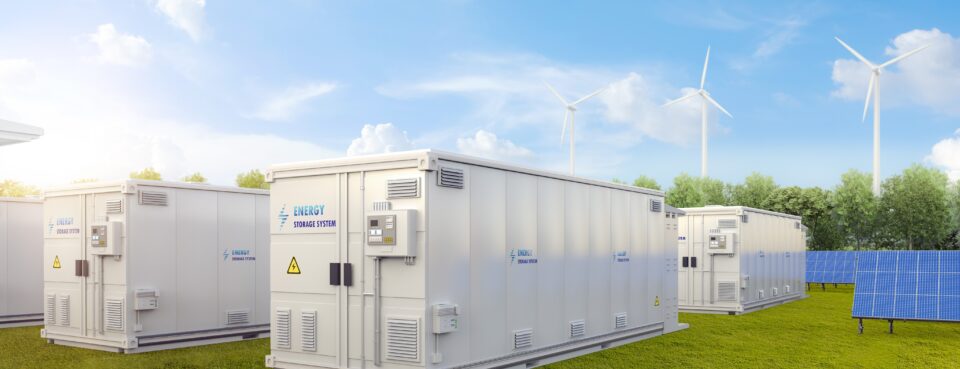The coastal town of Kalbarri in Western Australian, 570 kilometres north of Perth, operates Australia’s largest microgrid.
Whilst the town is still connected to the main electricity network, the energy-intelligent microgrid can be supplied by 100% renewable energy from wind and rooftop solar sources, with battery storage.
Kalbarri is a popular tourist destination, presenting the town with large variables in energy demand across different times of the year.
It is also a town that experiences long hot summers, with days often between 35–40°C putting further pressure on energy supplies. Main grid supplies are connected to Geraldton, 140 kilometres south, with infrastructure travelling through open countryside, making it vulnerable to environmental impacts. It is often unreliable, with residents regularly experiencing power outages, sometimes at critical times such as high tourist influxes and extremely hot weather.
Twenty kilometres south of the town is a wind farm and the microgrid. When a power outage is detected by the intelligent monitoring equipment, the system will respond by switching off from the main grid and onto the microgrid. A text message is sent to residents in the town informing them that the microgrid is in operation, so they can adjust their energy usage to help prolong the battery charge.
Once this outage, which occurs on the main line between the microgrid and Geraldton, has been rectified, the microgrid will switch distribution back to the main grid.
This Western Australian microgrid is ready for the future, too. The Kalbarri microgrid is a modular design enabling it to expand in the future, even adding new generation technologies as they become available.
Kalbarri’s microgrid offers energy security for the 1,500 residents of the town.
Furthermore, the microgrid ensures this popular little tourist town can supply energy to the extra 100,000 visitors who vacation there annually. Kalbarri provides the perfect example for how microgrids can support rural and remote communities across our country.
DEUTZ Australia is fully equipped to support you in constructing your very own microgrid system. Our upcoming microgrid solution, set to be released in the fourth quarter of 2023, has been meticulously crafted to perfectly adapt to Australia’s unique weather conditions and environment.
The process begins by carefully determining the appropriate quantity of on-site solar panels, tailored specifically to meet the power output requirements and varied terrains of your location.
Subsequently, the power generated by these solar panels is efficiently stored in our innovative expandable battery storage system, which is available in both low voltage (ranging from 9 kVA to 36 kVA) and high voltage battery platforms (ranging from 45 kVA to 90 kVA).
To ensure uninterrupted power supply to critical businesses and sites, we have integrated a reliable DEUTZ diesel generator into the system, serving as a reliable fail-safe measure.



